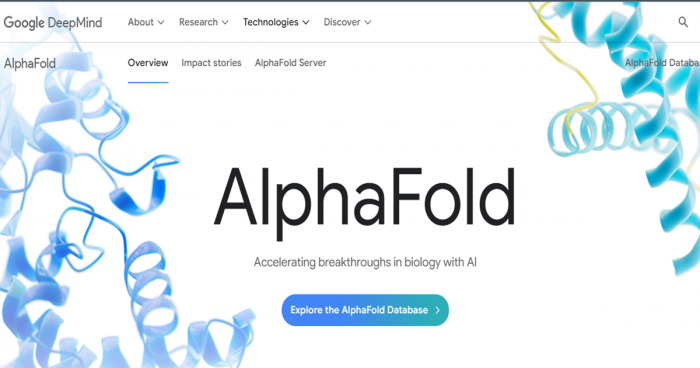A Bold Vision, Backed by Tech Giants
In the spring of 2025, a quiet but powerful moment in biotech history unfolded—Isomorphic Labs, an AI drug discovery startup born from Alphabet’s DeepMind, secured a staggering $600 million in its very first external funding round. Leading the round was Thrive Capital, with backing from familiar names: Google Ventures and Alphabet itself.
This wasn’t just about money. It was a sign that Big Tech is betting big on something even bigger—AI-designed medicine.
The Brainchild of DeepMind’s Demis Hassabis
At the center of this story is Demis Hassabis, the visionary founder of DeepMind and now the CEO of Isomorphic Labs. When DeepMind conquered the protein-folding problem with AlphaFold, it wasn’t just a scientific breakthrough—it was the start of something much larger.
In 2021, Hassabis spun off Isomorphic Labs with a bold mission: use the power of artificial intelligence not just to predict biology—but to design life-saving drugs from scratch.
And now, with AlphaFold 3, they may be closer than ever.
AlphaFold 3: The Engine Behind the Dream
Unveiled in May 2024, AlphaFold 3 stunned the scientific world by accurately predicting nearly all known protein structures.

This leap made it easier to understand how diseases work at the molecular level—and where a potential cure might lock in.
But knowing the structure is just one part. Turning that insight into a working drug? That’s where Isomorphic's next chapter begins.
Turning Algorithms into Medicine
Armed with $600 million, Isomorphic Labs plans to double down on research, scale up its engineering teams, and deepen its collaborations with pharma giants like Novartis and Eli Lilly.
The goal? To bring AI-designed drugs into clinical trials by the end of 2025.
It’s no longer just about discovery. It’s about delivery—and doing it faster than traditional pharmaceutical timelines ever allowed.
Why This Matters: A New Era in Drug Development
The drug development pipeline is painfully slow, often taking a decade and billions of dollars to produce a single therapy.
But with AI predicting protein interactions, optimizing molecules, and running virtual experiments in days, that timeline could shrink dramatically.
It’s a future where diseases are not just treated—but preemptively decoded.
What Comes Next?
Isomorphic’s funding isn’t just a financial milestone. It’s a signal that the walls between biology, computation, and medicine are collapsing.
And in the rubble, a new kind of healthcare could emerge—faster, cheaper, and personalized.
If Hassabis is right, by the time 2025 ends, we won’t just be talking about AI that writes poems or paints pictures—we’ll be watching AI bring new drugs to life.
Post Comment
Be the first to post comment!




